Benefits of the 28mm wide angle of the Nokia N8 (Pic: Nokia N8 black – taken by iPhone)
Contents:
(this somehow became a larger post that intended)
- Group Photos
- Landscape/Architecture
- Wide Angle Compmarison
- Wide Angle and Video (Whatley and Smith)
- Ssensor Size and Other Nokia N8 Camera Benefits
To upcoming Nokia N8 users, one of the subtle benefits you’ll be enoying from the camera is the 28mm wide angle lens.
Wide angle basically means more can fit in your frame at the same distance. The lower the “number”, the more you can fit (though distortion somewhat increases significantly past 18mm – not that distortion is necessarily a bad thing, many photographers use it creatively).
In the photo above, taken by the iPhone 3GS 3MP camera, despite it being further away than the Nokia N8, the N8’s wide angle lens captures more of the subject than the 3GS.
This is because of the (not well marketed and shouted about feature), the Nokia N8’s 28mm wide angle lens. When would this be useful?
1. Group/People Photos
If you enjoy taking group photos, you’ll fit more of your friends in the shot with a wider angle lens.
Group shots via tripod or separate photographer gain advantage of not having to step back too far (sometimes, this isn’t possible, like in a small room)
This is especially great when the photographer is included in the group photo.
Since arms length is the maximum distance the camera can be, wide angle helps get more of your mates into the frame.
2. Landscape/Architecture
Wide angle lenses are also useful if you love taking photos of nature, landscapes and architechture
With wider angles, you get that slight panoramic image but in a single shot.
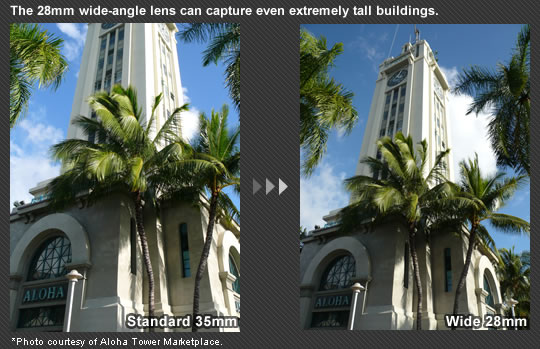
from panasonic
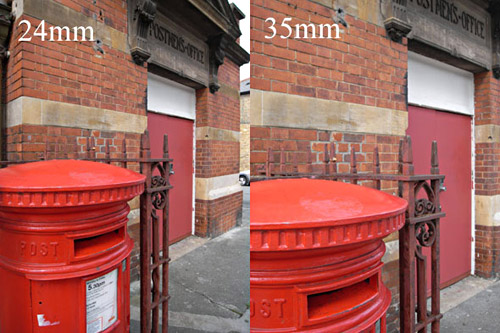
3. Wide Angle Comparison
Basically, if distance is limited and you need to get more of the shot but can’t move back any further, wide angle lenses help.
Real estate/lettings agency love using this as it makes microscopic rooms look like palaces. As you can see, fish eye goes ultra wide angle where distortion is going to extremes.
Of course, you can find other uses of wider angle lenses.
Here’s another demo of wide angle. For a fixed lens, obviously going to extreme wide angles isn’t ideal for balancing a variety of photo situations.
28mm is the standard if you’re lucky to have it in a digital camera, going up to 24-25 in higher end consumer digital cameras. 28mm wide angle lens is pretty much unheard of in a camera phone, except Nokia N86, N8 and Samsung pixon12.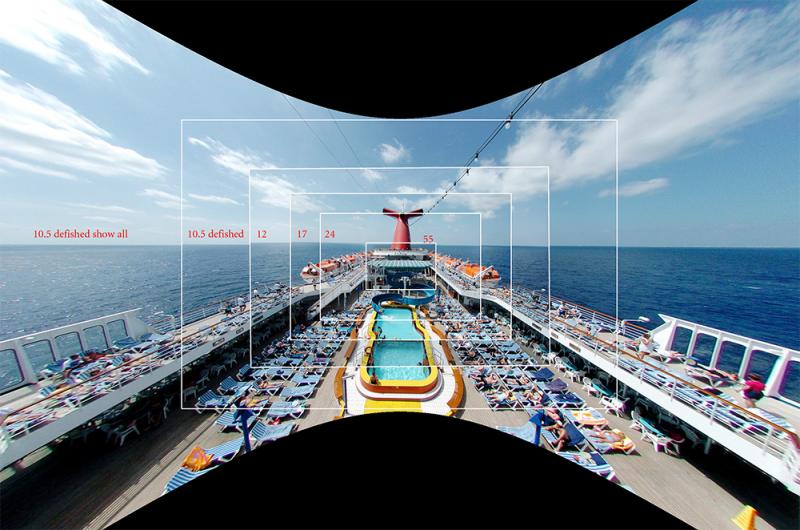
4.Wide angle and video
Wide angle will also help in video blogs. Because you can get more of the subject in frame, you can be closer to the microphone and record your voice properly.
Again in other situations, you’d film more of your friends in the same frame, capture more of the scenery.
Check out James Whatley and Ben Smith video blogging from the Nokia 5800.
The 5800 had to be put out of reach in order to get the two subjects in frame, thus the sound quality is reduced for video blogging.
[youtube=http://www.youtube.com/watch?v=3CQuiF87BCE]
Here’s 28mm wide angle video test on vimeo
[vimeo=http://vimeo.com/4827204]
5. Sensor Size and Other N8 camera benefits.
You’ve got to remember however, that the N8 has many other things up its sleeve, including Carl Zeiss lens, real xenon flash, 16:9 widescreen photos, 720p HD recording (with high quality stereo audio recording) and the largest sensor (1/1.83) ever on a mobile devices, larger than many point and shoot digital cameras.
In the world where marketing callously touts MegaPixels as the end all and be all, sensor size plays a much, much larger role in improvng image quality.
Bad pixels. Via laesieworks.com. Bad pixels contributes to negating the advantages of more megapixels
Good pixels via laesieworks.com Bigger sensor with same pixels means more accurate processing, less noise, better image quality. Each pixel captures light like it's supposed to.
Like the human eye, the camera’s lens projects onto the sensor (retina). This sensor is divided into millions of light sensitive solar cells, each producing an analogue signal that’s converted into a digital value by the processor (the brain) which makes up your photo.
With more pixels, you get higher resolution, sharper photos. However, the more megapixels you squeeze into the same, small sensor, the worse your image quality with higher noise. On most cameras concerned only with megapixels, they’re pretty much using more pixels to capture the same thing a single pixel could do were it to have a larger sensor
With a larger sensor, each pixel can be used more effectively, able to capture in lower light and reducing noise.
I don’t know if the public will ever wake up to the megapixel war fiasco. 8MP was already enough, now we’re reaching 12mp. And many of those 12MP cameras just be all about the pixels.
I suppose it is useful for cropping photos and zooming in to detail. This is particularly useful when taking video and using digital zoom without loosing too much image quality.
The biggest benefit of course with the N8 is with all of the imaging capabilities combined, unlike a dedicated digital camera, the N8 would always be with you, in your pocket to capture those spontaneous, unpredictable moments that would be forgotten by the camera in the drawer.

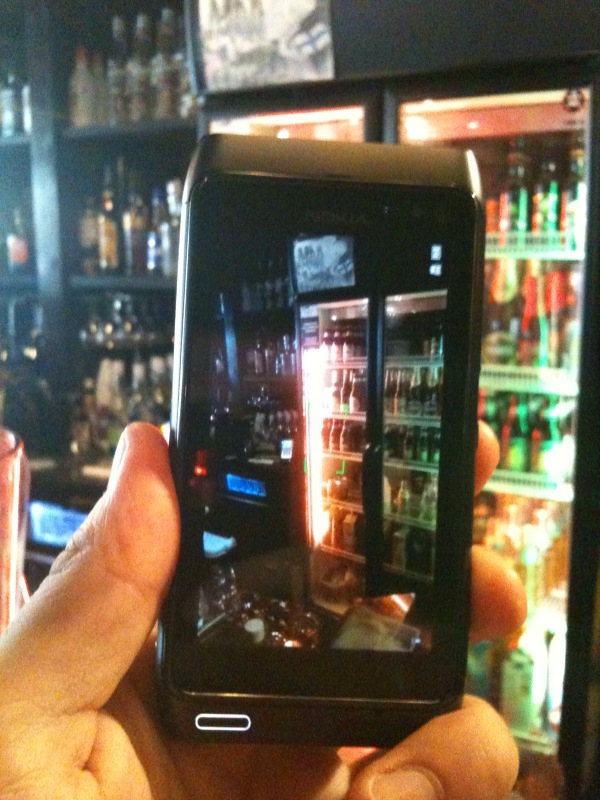
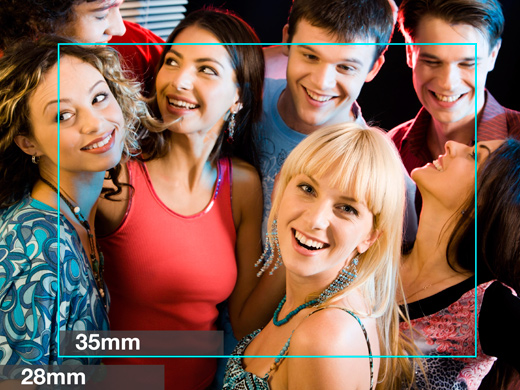

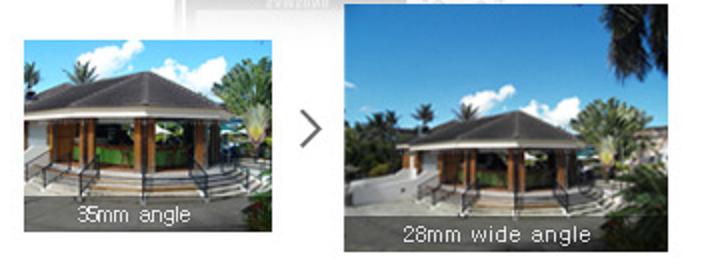
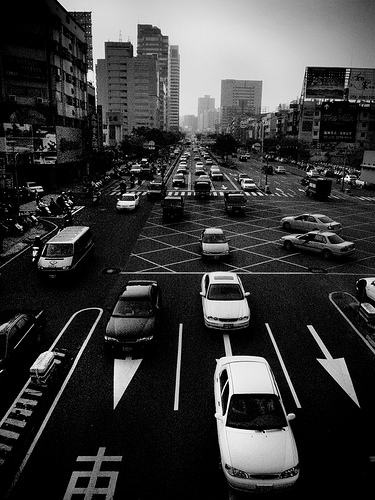
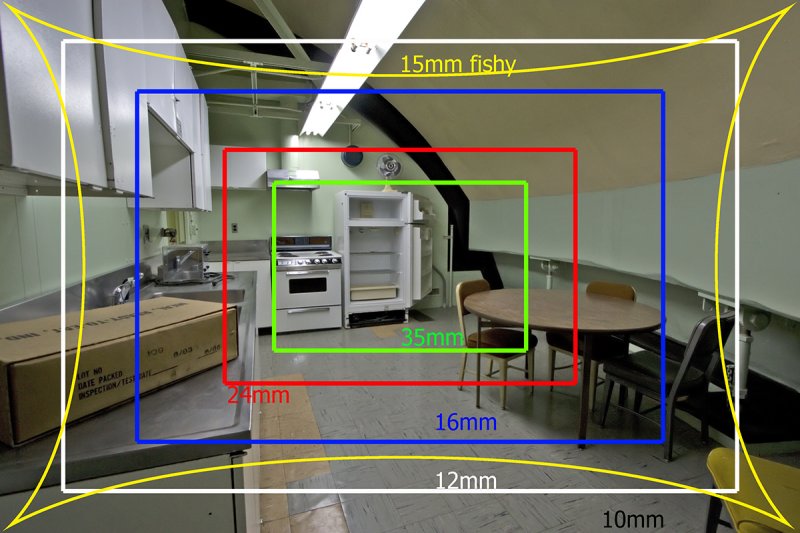




Connect
Connect with us on the following social media platforms.